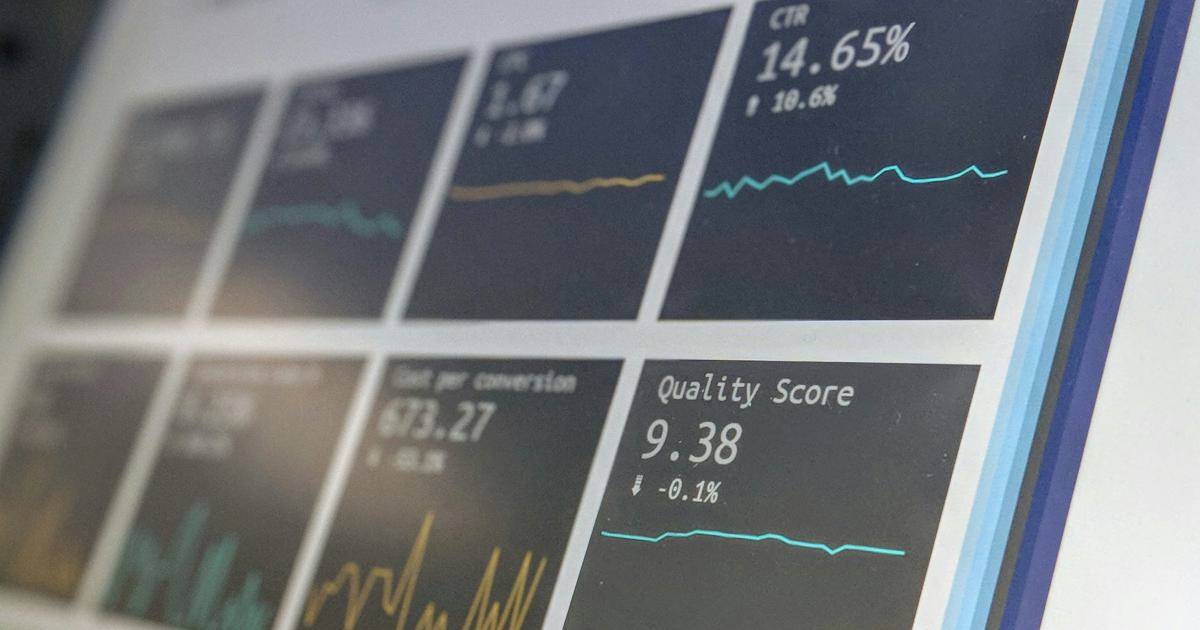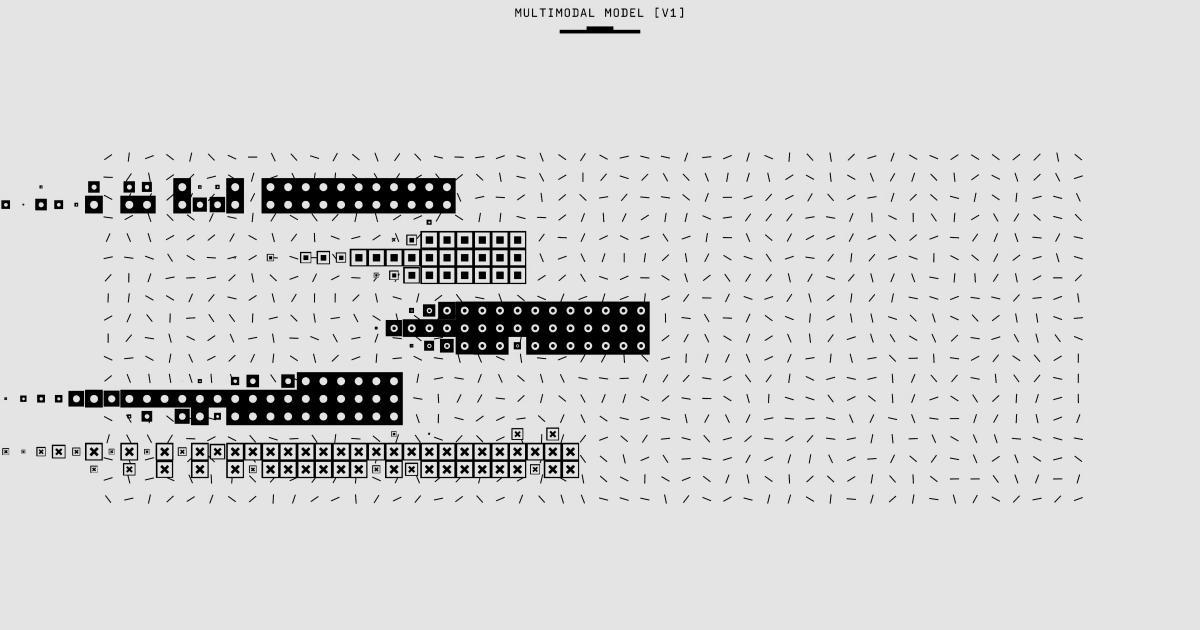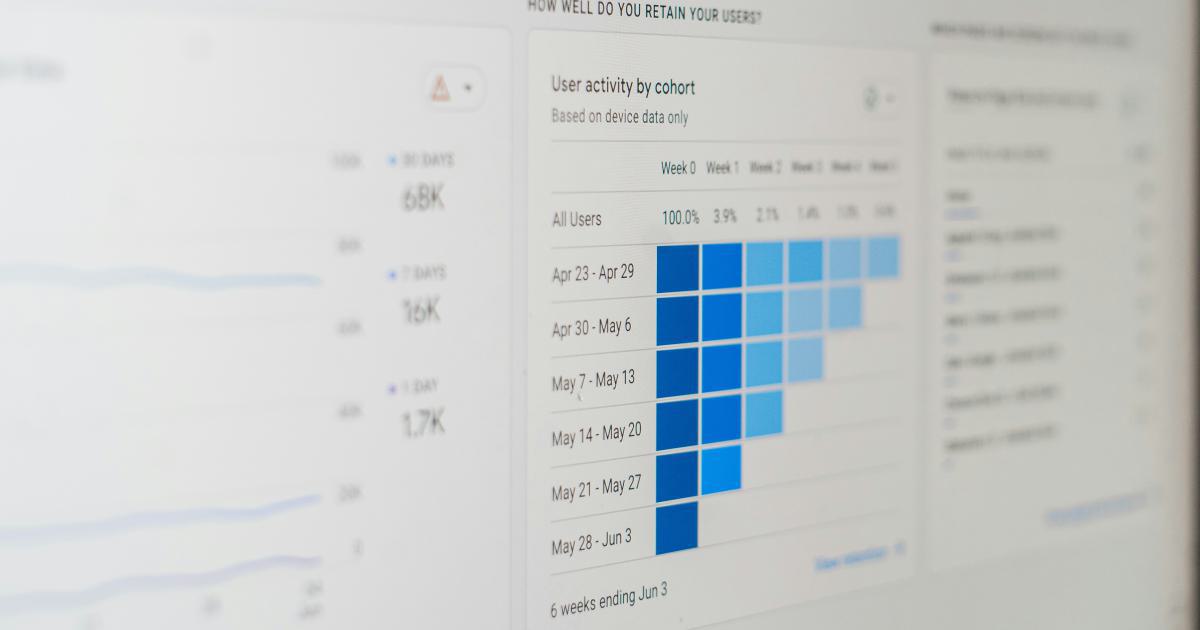Debunking the Myth: Data Visualization Best Practices Simplified


Introduction
In the rapidly evolving world of data analysis and communication, the importance of effective data visualization cannot be overstated. Visualization is a powerful tool that allows us to make sense of complex datasets, identify patterns, and convey meaningful insights to a wide range of audiences. However, as with any field, there are persistent myths and misconceptions that can hinder the adoption and implementation of best practices.
This article aims to debunk the most common myths surrounding data visualization, providing a comprehensive and simplified guide to the real best practices. By separating fact from fiction, we can empower individuals and organizations to create visualizations that are not only aesthetically pleasing but also highly effective in communicating data-driven insights.
Background
Data visualization has become an essential component of modern decision-making processes, from business strategy to scientific research. As the volume and complexity of data continue to grow, the need for clear and compelling visual representations has become increasingly critical. Effective data visualization can help us quickly identify trends, detect anomalies, and make informed decisions.
Unfortunately, the proliferation of data visualization tools and the abundance of online tutorials have also led to the perpetuation of certain myths and misconceptions. These myths can lead to the creation of visualizations that are ineffective, misleading, or even damaging to the overall understanding of the data.
By addressing these myths and providing a clear and practical guide to data visualization best practices, we can empower individuals and organizations to create visualizations that truly enhance data-driven decision-making and communication.
Myth Busting
Myth 1: Bigger is Better
The Myth
When it comes to data visualization, there is a common misconception that larger, more elaborate visualizations are inherently more effective. The assumption is that cramming as much information as possible into a single chart or graph will provide a more comprehensive and informative view of the data.
The Reality
In reality, the opposite is often true. Overly complex and cluttered visualizations can actually hinder understanding and impede effective data communication. The human brain is limited in its ability to process and comprehend large amounts of information simultaneously, and excessively dense visualizations can quickly become overwhelming and difficult to interpret.
"The best visualizations are often the simplest ones, focusing on the key insights and presenting them in a clear and concise manner." - Edward Tufte, renowned data visualization expert
Instead of trying to cram everything into a single, large-scale visualization, it is generally more effective to break down the data into smaller, more focused visualizations that address specific questions or highlight particular trends. This approach allows the viewer to concentrate on the most important information without becoming distracted by unnecessary details or visual clutter.
By prioritizing clarity and simplicity, data visualizations can effectively communicate complex insights without sacrificing their impact or accessibility.

Myth 2: Fancy Charts and Graphs are More Engaging
The Myth
Many people believe that the more visually striking or technologically advanced a data visualization is, the more engaging and impactful it will be. This leads to a common practice of using flashy, three-dimensional charts, elaborate color schemes, and cutting-edge visualization techniques in an effort to capture the audience's attention.
The Reality
While visually appealing visualizations can certainly be engaging, the true value of a data visualization lies in its ability to effectively communicate the underlying information. Overly complex or ostentatious visualizations can actually detract from the message and distract the viewer from the most important insights.
"The goal of data visualization is not to create art, but to provide clarity and insight." - Stephen Few, data visualization expert
In many cases, simpler and more traditional visualization styles, such as line charts, bar graphs, and scatter plots, can be just as engaging and effective as their more elaborate counterparts. By focusing on the clarity and intuitive interpretation of the data, these straightforward visualizations are often better equipped to convey the key insights and foster meaningful understanding.

Myth 3: Data Visualization is Purely for Aesthetics
The Myth
Some individuals view data visualization as a purely aesthetic exercise, focusing more on the visual appeal of the final product rather than its ability to effectively communicate information. This misconception leads to the creation of visualizations that are visually striking but fail to provide meaningful insights or support decision-making.
The Reality
In reality, data visualization is a powerful tool for data analysis and communication, with the primary goal of enhancing understanding and facilitating informed decision-making. While the aesthetic aspects of a visualization are important, they should always be secondary to the core purpose of effectively conveying the data's story.
"Data visualization is not just about making things look pretty; it's about using visual elements to reveal insights and patterns that would otherwise be obscured in the data." - Alberto Cairo, data visualization expert
Effective data visualization requires a deep understanding of the data, the target audience, and the specific communication objectives. By aligning the visual design with these factors, data visualizations can become powerful tools for driving meaningful change and supporting data-driven decision-making.

Myth 4: One-Size-Fits-All Approach to Data Visualization
The Myth
Another common misconception is that there is a single, universal set of best practices for data visualization that can be applied to any situation. This leads to a "one-size-fits-all" approach, where individuals or organizations attempt to follow a rigid set of guidelines without considering the specific context and requirements of their data and audience.
The Reality
In reality, the most effective data visualizations are tailored to the unique needs and characteristics of the data, the intended audience, and the communication objectives. What works well for one type of data or audience may not be as effective in a different context.
"The best data visualizations are not created by simply following a set of rules, but by deeply understanding the data, the audience, and the story you want to tell." - Tamara Munzner, data visualization expert
Successful data visualization requires a flexible and adaptable approach that takes into account factors such as the complexity of the data, the level of technical expertise of the audience, the specific insights to be communicated, and the intended use of the visualization. By considering these contextual elements, data visualization professionals can create customized solutions that resonate with the target audience and effectively convey the most important information.

Myth 5: Data Visualization is Just for Experts
The Myth
There is a common perception that effective data visualization is a skill reserved only for data analysts, statisticians, or specialized professionals. This myth suggests that the average individual or non-technical user lacks the necessary knowledge and expertise to create or interpret meaningful data visualizations.
The Reality
In reality, the principles of effective data visualization can be learned and applied by individuals from a wide range of backgrounds and skill levels. While advanced techniques and specialized software may require more in-depth training, the core concepts of data visualization can be mastered by anyone who is willing to invest the time and effort to understand them.
"Data visualization is not just for experts; it's a powerful tool that can be leveraged by anyone who wants to communicate data-driven insights more effectively." - Nadieh Bremer, data visualization designer
By providing accessible resources, step-by-step tutorials, and a focus on foundational best practices, data visualization can become a valuable skill for professionals in various fields, from business and marketing to education and research. As more individuals adopt these principles, the ability to create and interpret data visualizations can become a critical asset for driving informed decision-making and enhancing data-driven communication.

Common Themes
Throughout the debunking of these myths, several common themes emerge that underpin the true best practices of data visualization:
Simplicity and Clarity: Effective data visualizations prioritize simplicity and clarity over complexity, ensuring that the key insights are communicated in a concise and easily understandable manner.
Audience-Centric Approach: Successful data visualization requires a deep understanding of the target audience and their specific needs, preferences, and level of technical expertise.
Contextual Adaptation: The most effective data visualizations are tailored to the unique characteristics of the data, the communication objectives, and the intended use of the visualization.
Balance of Aesthetics and Function: While the visual appeal of a data visualization is important, it should always be secondary to the primary goal of effectively conveying the data's story and insights.
Accessibility and Inclusivity: Data visualization should strive to be accessible and inclusive, empowering individuals from diverse backgrounds to create and interpret meaningful visualizations.
By recognizing these common themes and applying them to the design and implementation of data visualizations, individuals and organizations can create more effective, impactful, and inclusive data communication tools.
Fact-Checking Tips
Navigating the world of data visualization can be a daunting task, especially with the prevalence of myths and misinformation. To ensure that you are following accurate and effective best practices, consider the following fact-checking tips:
Consult Reputable Sources: Seek out information from well-established experts, academic institutions, and industry-leading organizations in the field of data visualization.
Critically Evaluate Online Tutorials: When learning from online tutorials or guides, carefully assess the credibility of the source and the currency of the information provided.
Experiment and Iterate: Don't be afraid to try different approaches and learn from your mistakes. Continuously evaluate the effectiveness of your visualizations and make adjustments as needed.
Seek Feedback and Collaboration: Engage with peers, colleagues, or data visualization professionals to get constructive feedback and insights that can help you improve your skills and techniques.
Stay Up-to-Date: Keep abreast of the latest trends, technologies, and best practices in the rapidly evolving field of data visualization by regularly reading industry publications, attending relevant conferences, and participating in online communities.
By incorporating these fact-checking strategies into your data visualization process, you can ensure that your visualizations are grounded in accurate information and align with the true best practices in the field.
Conclusion
In the world of data visualization, myths and misconceptions can often hinder the effective communication of insights and the overall understanding of complex datasets. By debunking these common myths, we can empower individuals and organizations to create visualizations that are not only aesthetically pleasing but also highly effective in conveying meaningful data-driven insights.
The key takeaways from this myth-busting exercise are:
Prioritize simplicity and clarity over complexity in your data visualizations.
Tailor your approach to the unique needs and characteristics of your data, audience, and communication objectives.
Balance the visual appeal of your visualizations with their primary function of effectively communicating insights.
Recognize that the principles of effective data visualization can be learned and applied by individuals from diverse backgrounds.
Engage in continuous learning, experimentation, and fact-checking to stay up-to-date with the latest best practices in the field.
By embracing these principles and challenging the prevailing myths, you can create data visualizations that truly enhance understanding, inform decision-making, and drive meaningful change. Remember, the true power of data visualization lies in its ability to transform raw data into compelling and actionable insights that can positively impact individuals, organizations, and communities.